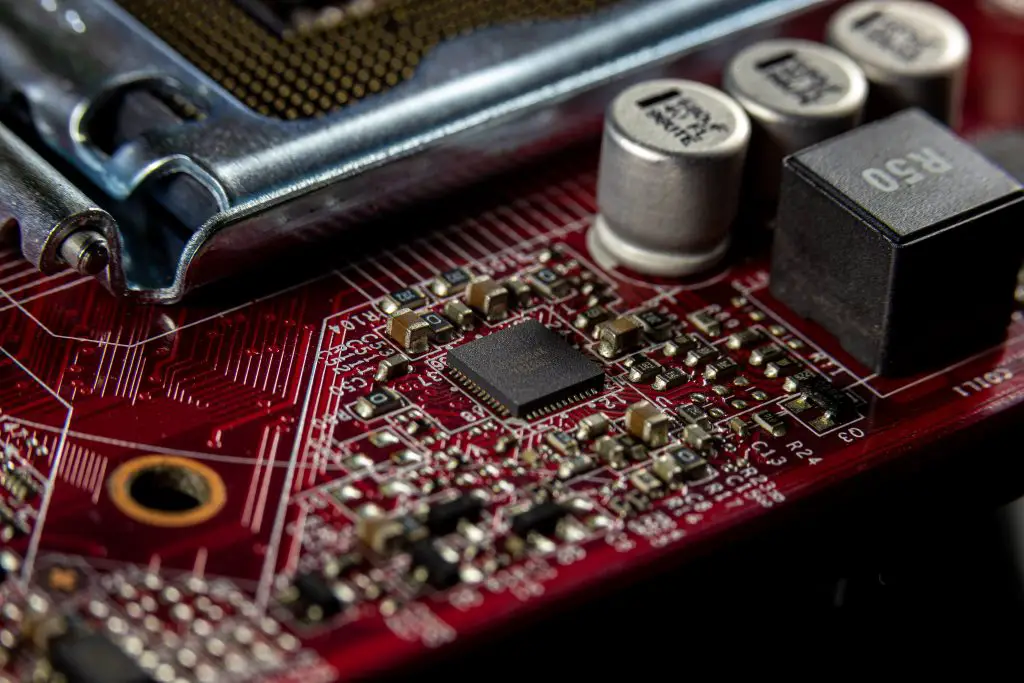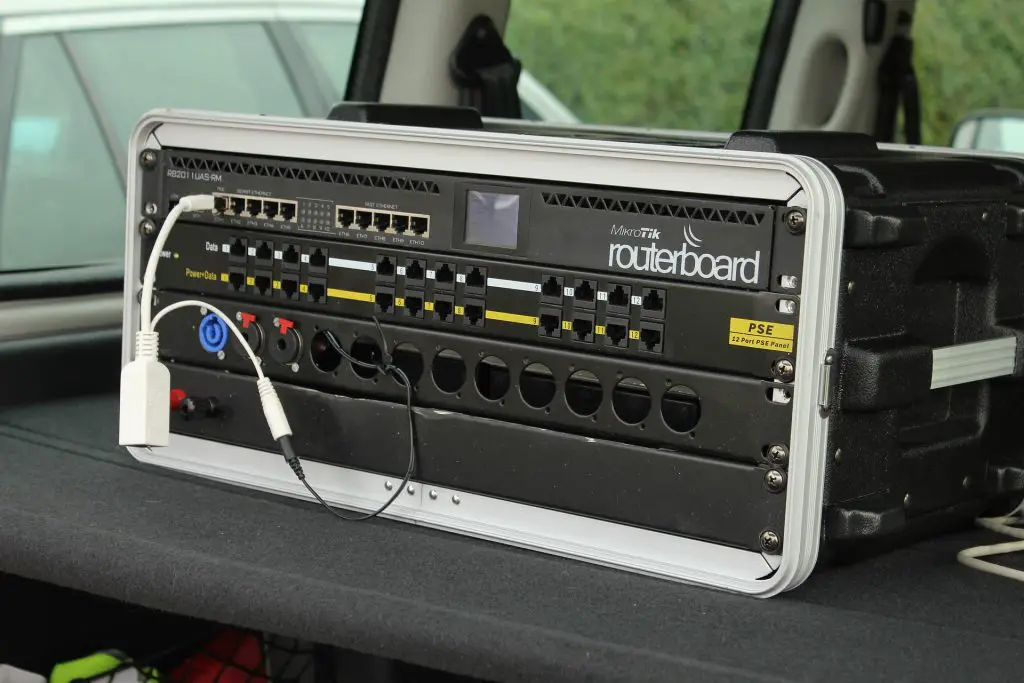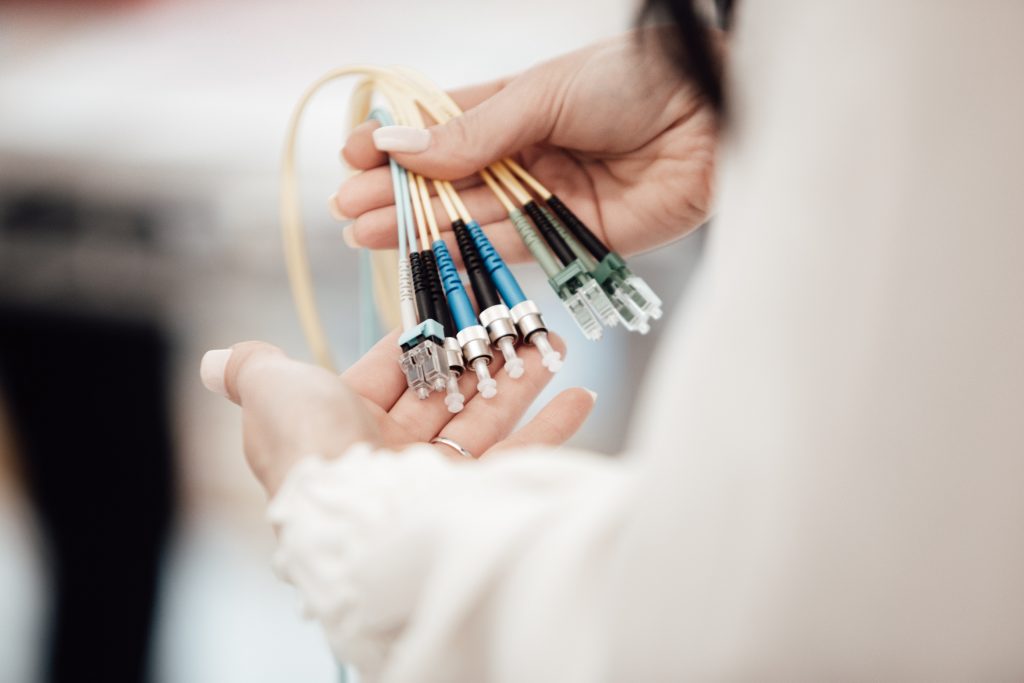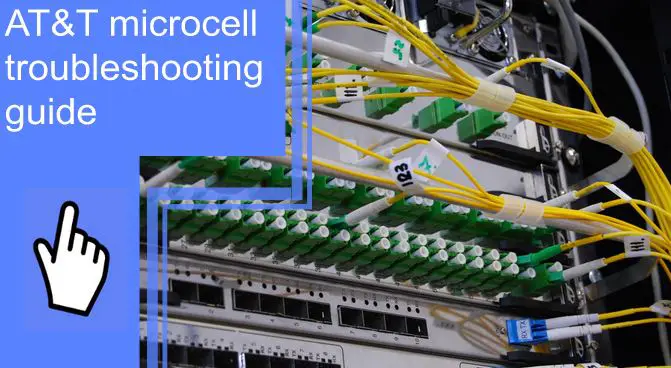What you find on this page:
If you own an AT&T Microcell and are facing issues with connection, this troubleshooting AT&T Microcell guide will help you understand how to start using your device again. We will also examine AT&T Microcell limitations and why you should consider replacing the device with upgraded, better alternatives.
AT&T Microcell Not Working? (Ways To Solve)
Are you reading this because your AT&T Microcell suddenly stopped working? There are various ways to reset your device and ensure proper working conditions. It should be noted that an AT&T Microcell connects to a broadband landline internet like Verizon Fios, Cox, Comcast, AT&T Fiber, and more. The device will help convert broadband landline signals into cell signals.
If you’re experiencing dropped calls, AT&T Microcell troubleshooting will help fix any errors and ensure your equipment is up and running efficiently. One of the critical steps you need to perform is to check your network connections or even move the device to a new location.
The issue with your Microcell not working could also result from power outages. Most people using AT&T services complain of sudden outages and slowdowns after power outages. But if you’re wondering how to troubleshoot my AT&T Microcell, this guide will help you find reliable solutions to some of the issues you might be experiencing with your Microcell.
1. Avoid Direct Microcell Connection
Ensure your Microcell isn’t connected directly to the PC to ensure you don’t experience any power outage issues. There might be other technical issues with the AT&T Microcell setup, and combining it directly with the PC isn’t the best way to do this. In fact, a direct connection can heat the device, which worsens the power outage issue.
If you’re installing the device for the first time, you should plan your installation location. The best place is to install the AT&T microcell next to a window. Preferably, keep the device three feet away from the window since this helps to improve GPS signal reception.
The device should also be a foot away from other wireless devices in the room to avoid potential interruptions. Plus, you should position the device near your internet equipment.
Give yourself about 10-15 minutes to set up, install, and activate the equipment. It may take another 90 minutes to start the AT&T microcell fully. You don’t have to do anything during the activation process since your vendor normally does it.
Nonetheless, you’ll need your username, access ID, and password to activate the device online. You can do this online to proceed with the activation process.

2. Replace Outdated Equipment
Another quick fix to the AT&T microcell technical error is to replace your old, outdated equipment. Old equipment may not perform well since specific components aren’t updated to function optimally.
That said, AT&T shut down its 3G network. It’s the main reason why you may experience issues with your equipment. Your device may not work because it can no longer receive 3G signals. Luckily, there are other options to ensure you stay connected.
Introducing Wi-Fi Calling
With your AT&T Microcell 3G not working, AT&T recommends staying connected using Wi-Fi calling. Wi-Fi calling is easy to set up, and you can text and call in more places.
When coverage isn’t available on your phone, you can use Wi-Fi for calls and texts. Likewise, you can make calls and send text messages if your phone has an internet connection.
It’s worth noting that you can make calls to numbers within the U.S. for free. However, you will also be charged a standard rate for text messages.
Requirements to use Wi-Fi Calling
To take advantage of Wi-Fi calling, you need:
- A Wi-Fi connection
- An AT&T PREPAID phone or AT&T Wireless phone with Wi-Fi switched on
- AT&T PREPAIDSM or AT&T WirelessSM account set up for HD voice
To be sure you’re using Wi-Fi calling, check the Wi-Fi icon on your smartphone, which you can find on your phone’s status bar. For Android smartphones, you should see a plus sign (+). In addition, apple smartphones will display AT&T Wi-Fi, and Android phones will also have a Wi-Fi icon when you want to make or end a call.
3. Check Your Connected Devices
While thinking about AT&T Microcell troubleshooting, it’s also crucial that you check the connected devices. The issue with your device not working can result from how device connections within the network.
Before you try anything to fix the problem, disconnect all the devices within the network. Wait for a few minutes and reconnect the devices. Disconnecting the devices and reconnecting them could help fix any network or signal reception issues.
4. Check Your Internet Speed
In some cases, your internet service provider’s speed may not match the AT&T Microcell, which affects the performance of your equipment. Confirm that the internet speed matches the internet speed you want to subscribe to. For slow connections, consider talking to your service provider to upgrade your speeds to what you had opted for.

5. Relocate Your Wi-Fi Router
Your Wi-Fi router’s location can prevent it from generating strong signals, meaning you’ll experience some technical issues. Position your Wi-Fi router next to the window where it can get fresh air and receive network signals. So, avoid putting the Microcell in a closet or the basement since such locations will prevent the device from receiving GPS signals after installing your equipment.
When placing the Microcell next to the window, ensure it’s also unobstructed. Remove other devices or objects that could prevent the device from getting signals as required.
If there are other wireless broadcasting devices next to your equipment, keep them one foot away.
6. Check Your AC Adapter
Check your AC power adapter if the solutions above fail to work. Using a voltmeter, confirm that the readings are 16VDC +/- 0.5. The ATT Microcell may not work because a power outage overheated the Microcell or the adapter. You’ll have to find a replacement if the problem is with the Microcell.
Keep in mind that AT&T discontinued MicroCell, meaning you’ll have to find alternatives. One of the main reasons for MicroCell’s discontinuation was the outdated 3G technology.
Why is AT&T MicroCell Not Supported or Working Anymore?
AT&T Microcell is no longer supported because AT&T shut down its 3G network to pave the way for 4G MicroCell and ultimately to MicroCell 5G. As a result, your AT&T Microcell may not work. Luckily, you can always turn to reliable alternatives like Wi-Fi calling.

What Are the Main AT&T MicroCell Limitations?
The main limitation of AT&T MicroCell is that it only relied on a 3G broadband internet connection. Therefore, the equipment is unreliable, especially with internet connectivity issues.
The maximum coverage of AT&T MicroCell is limited to about 40 linear feet, and the obstructions around the equipment can also restrict coverage.
What Are AT&T MicroCell Replacements?
AT&T MicroCell was discontinued in favor of using Wi-Fi calling since it provides better services. Another great replacement is to use an AT&T cell signal booster. The benefits of using a signal booster are discussed above and are a reliable option for faster internet speeds and more reliable signals.
How To Boost Your AT&T Signal?
If you have a weak wireless signal, the best quick fix is to use an AT&T signal booster like the Cell Booster or Cell Booster Pro. These are mini cell towers designed to help you boost your internet connection speeds.
1. Cell Phone Signal Booster
A cell phone signal booster may be preferable since it amplifies the existing network signal from outside. Consider using this option if you consistently have at least a bar of usable signal (LTE signal) outside your residence.
Since these phone signal boosters amplify the outside network, the network inside the building will improve after installing the signal booster.
2. The AT&T MicroCell vs. Signal Boosters
There are several perks of using signal boosters over outdated AT&T MicroCell.
3. AT&T HD Voice Service Supported
You should expect an improved call quality with signal boosters since they support AT&T HD Voice service.
4. Signal Boosters Support LTE
AT&T MicroCell quickly got faced off because they supported the 3G network. LTE on signal boosters allow for faster data transfer, meaning you’ll spend less for improved calls and internet speeds.
5. Signal Boosters Support Many Users
AT&T MicroCell only supported a few registered users on the network. However, Microcell signal boosters are available for everyone in the building.
6. Signal Boosters Are More Reliable
AT&T MicroCell devices were unreliable since they fully relied on broadband internet connection. Signal boosters don’t depend on such broadband internet connection.
Conclusion
This AT&T microcell troubleshooting guide lets you know why your AT&T Microcell 3G isn’t working. AT&T shut down its 3G network, which affected the AT&T microcell devices. To ensure that you’re not inconvenienced, you should consider turning to its alternatives, including using AT&T Cell Booster or Cell Booster Pro or Wi-Fi calling.
FAQs
There are different lights on the AT&T MicroCell equipment. A solid green network light means an active device connected to a 3G network. If the light flashes green, the device is activating or downloading new software.
To confirm that your AT&T MicroCell is working, first, you need to ensure the device connects to the Cell Booster network, not the Macro Network. Then, when the device connects to a user, the device will flash white.
Your cell booster may not work for several reasons, including damaged cables or mounts. In addition, if the internal antenna is misaligned, this will also prevent the device from working optimally.
MicroCell shut down its 3G network, meaning the device doesn’t work on the 3G network. However, AT&T provides better alternatives, including Wi-Fi calling or using signal boosters.
When there’s an active user on the ATT Cell Booster, the 4G LTE LED flashes white, or the color may be solid white. This is an indication the device is ready to use.






